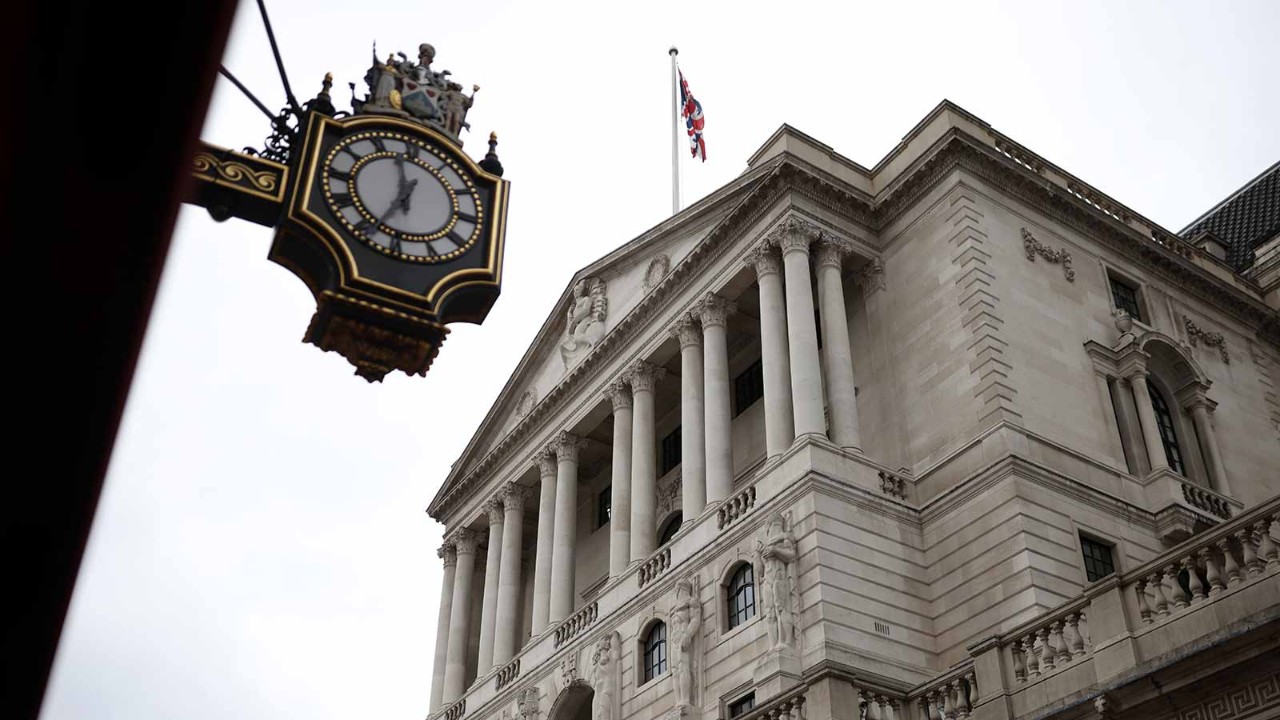
Who would have guessed that pension accounting would play a part in the defenestration of Liz Truss? The spectacle of the Bank of England spending £65bn to buy gilts being dumped by pension funds was not the only self-inflicted injury, but it was particularly embarrassing.
The gilt market volatility was caused by the government’s missteps but, to be fair, the plight of the pension funds was entirely their own fault. I still find it amazing that many funds were in effect making leveraged bets on illiquid long-dated derivatives.
This was a financial time-bomb waiting to go off. No one comes out of this looking good
I think there are two distinct problems here. The most obvious one is that the funds and their advisers have either been guilty of appalling misjudgment or victims of mis-selling. Or possibly both.
The underlying rationale was logical. Pension fund liabilities stretch many decades into the future and the present value of the liability is very sensitive to small changes in many factors, including interest rates. It is therefore very sensible to put in place investment strategies that match the assets with the liabilities, also known as liability-driven investment.
Excessive risk
Unfortunately, this sensible approach somehow morphed into entering into derivative contracts with potential risk way in excess of the nominal value of the ‘asset’, if we can call it such.
You can see a snapshot of this in the Rolls-Royce 2021 annual report. At the end of the year, the UK scheme had £43m of ‘synthetic equities’, which the notes describe as a portfolio of swap contracts with a ‘maximum exposure’ of £550m, or almost 13 times the carrying value. We know nothing about the nature of these contracts except for the very surprising level of leverage.
I am not singling out Rolls-Royce; it’s just an unusually clear and visible example. It appears from the note that a £43m, or 8% fall, in the underlying contract would trigger an immediate margin call.
It was simply impossible to read the accounts and understand the risks that were being run
If history teaches us anything about financial markets, it’s that big moves in asset values are not rare events. As I discussed recently, many mathematical models underestimate tail risk. Margin calls on highly geared derivatives are therefore usually a question of when rather than whether.
I have no way of knowing whether fund trustees knew the level of risk that they were running. A ‘yes’ implies wilful mismanagement and a ‘no’ implies insufficient oversight. The role of pension consultants also needs to be examined. Did they advise the trustees that these risky derivatives were sensible? The institutions selling these contracts should also have known better. This was in effect a financial time-bomb waiting to go off. No one comes out of this debacle looking good.
Underplayed risks
The second problem is more subtle and goes to the heart of the problem with financial instrument disclosure. It was simply impossible to read the accounts of any sponsoring company and understand the risks that were being run.
One can level the same accusation against financial instruments more generally. The notes to the accounts on financial instruments are often the longest, probably the least read and usually the least informative.
Far too much attention is focused on fair value and not enough on risk
In my opinion, far too much attention is focused on fair value and not enough on risk. When financial instruments blow up, it is, in effect, because their fair value has collapsed after the last annual report.
What investors really want to know is the economic risk they are running. What are the underlying assumptions? What is the risk if these assumptions turn out to be wrong? Is the company engaging in sensible hedging of known risks or is it placing a risky bet on unpredictable assets?
Any note that fails to answer these questions is not fit for purpose.




